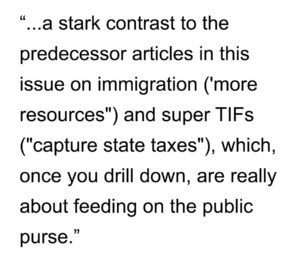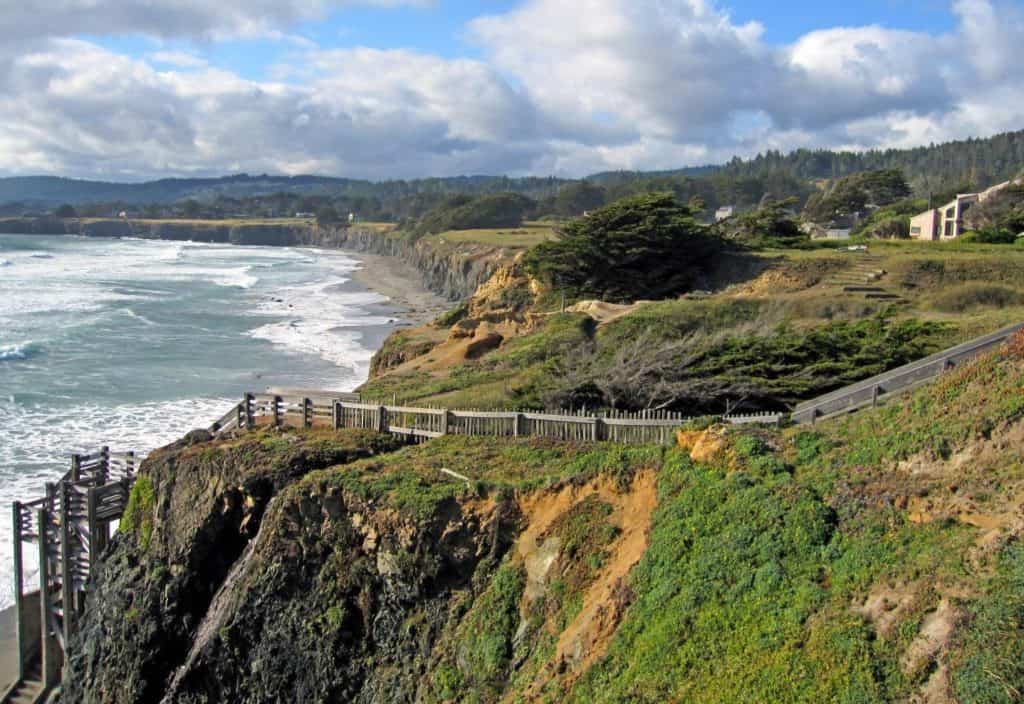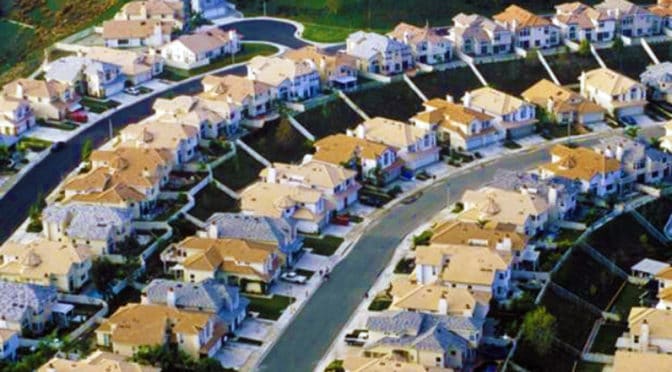7. Hyper-Segregation
Hyper, prefix, meaning high-strung (very nervous or easily upset), excitable, highly excited or extremely active; over, beyond, above, or exceeding the normal. Segregation, noun, meaning the act or practice of segregating; a setting apart or separation of places, people or things – either enforced or voluntary – from others or from the main body or group of places, people or things, by barriers to social intercourse; the separation for special treatment or 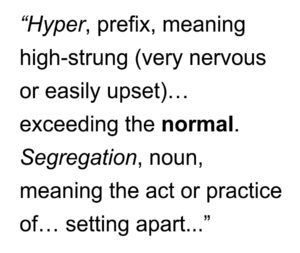 observation of individuals or items from another group: the institutional separation of an ethnic, racial, religious, or other minority group from the dominant majority; the state or condition of being segregated, set apart, separated, or restricted to one group. Origin of hyper is short for hyperactive (First Known Use: circa 1942) from Greek huper ‘over, beyond.’ Origin of segregation is 1545-55 from the Late Latin sēgregātiōn– (stem of sēgregātiō), equivalent to sēgregāt (us) (see segregate) + –iōn– –ion. Synonyms include extreme loneliness and excessive isolation to the point of being unhealthy for individuals or society.
observation of individuals or items from another group: the institutional separation of an ethnic, racial, religious, or other minority group from the dominant majority; the state or condition of being segregated, set apart, separated, or restricted to one group. Origin of hyper is short for hyperactive (First Known Use: circa 1942) from Greek huper ‘over, beyond.’ Origin of segregation is 1545-55 from the Late Latin sēgregātiōn– (stem of sēgregātiō), equivalent to sēgregāt (us) (see segregate) + –iōn– –ion. Synonyms include extreme loneliness and excessive isolation to the point of being unhealthy for individuals or society.
Seven Deadly Sins for Cities is a feature of The Outlaw Urbanist. Starting soon: Seven Godly Virtues for Cities.
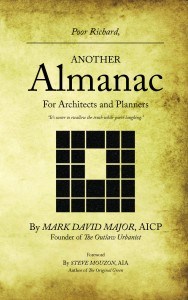 Purchase your copy of Poor Richard, Another Almanac for Architects and Planners (Volume 2) today!
Purchase your copy of Poor Richard, Another Almanac for Architects and Planners (Volume 2) today!
Available in print from Amazon, CreateSpace, and other online retailers.
Available on iBooks from the Apple iTunes Store and Kindle in the Kindle Store.


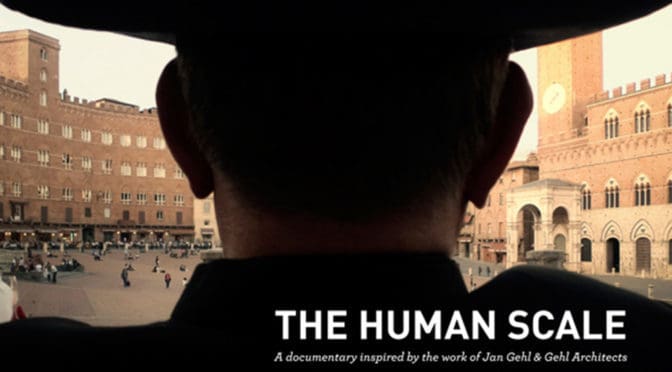
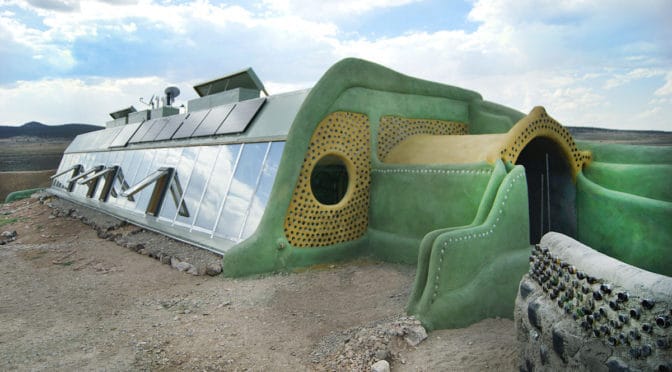
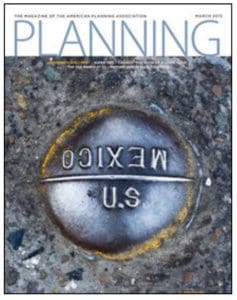 Planning Naked | March 2015
Planning Naked | March 2015